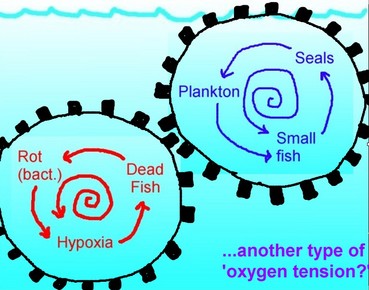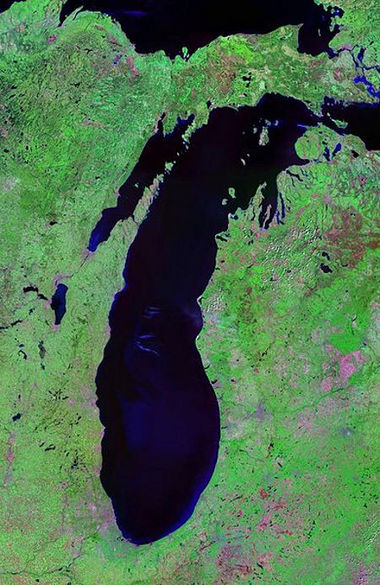1. Reduction of nitrogen content in the Mississippi.
Step are being taken in the Gulf of Mexico as to reduce the nitrogen influx from the Mississippi by 30 per cent. A study by Dubravko Justic at Louisiana State University in Baton Rouge, however, concluded that increased Mississippi flow along with rising sea temperatures, as predicted by one climate model, would negate any benefit by increasing stratification and nutrient delivery. On the other hand, if there's no temperature rise and, as predicted by another climate model, a decrease in river flow, dead zones would occur far less frequently.
2. Smaller Dead Zones can e treated.
Smaller Dead Zones can be remedied if the right measures are taken. To reduce or eliminate a dead zone, the source of the chemicals causing the algal blooms that lead to the initial die off must be eliminated. These solutions can be implemented by reducing or removing industrial and agricultural run off that tends to be nitrate and phosphorus rich (from fertilizers and other compounds), either by not allowing them to flow into riparian systems or by treating the chemicals and removing the growth compounds in the first place.
Read more: http://greenanswers.com/q/133200/water-oceans-ice/oceans-coastlines/once-we-create-dead-zone-ocean-can-we-fix-it#ixzz1KIiKB98p
Read more: http://greenanswers.com/q/133200/water-oceans-ice/oceans-coastlines/once-we-create-dead-zone-ocean-can-we-fix-it#ixzz1KIiKB98p
3. Data Based Computers.
Data collected from analyses done till date will help scientists produce a new computer model, that will be capable of predicting the evolution of hypoxia and dead zones in the Bay. This could in turn inform authorities in their conservation efforts.
Go to: What can be done..?


